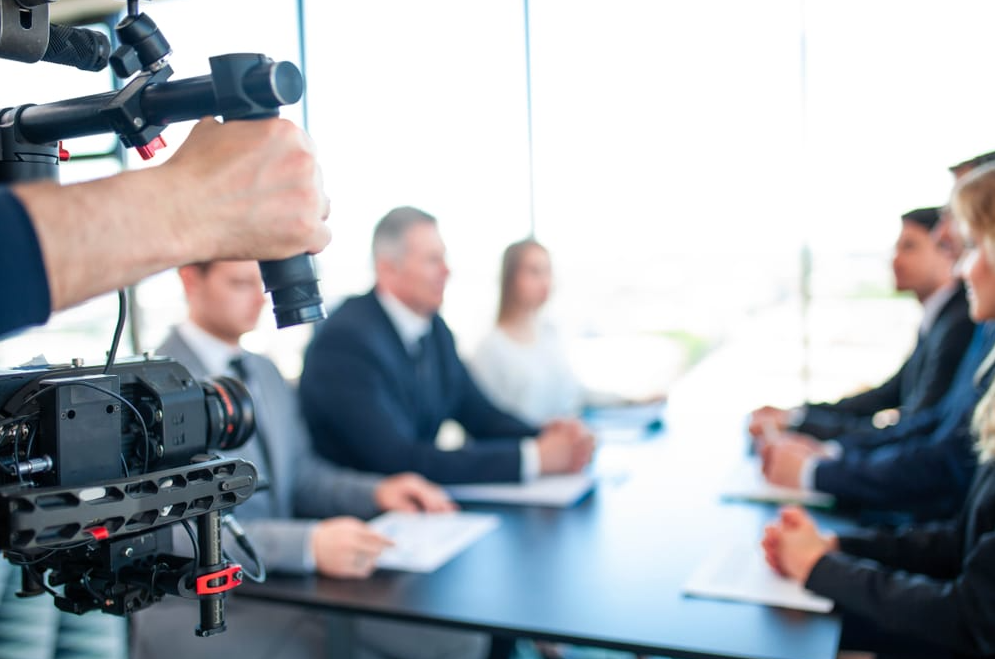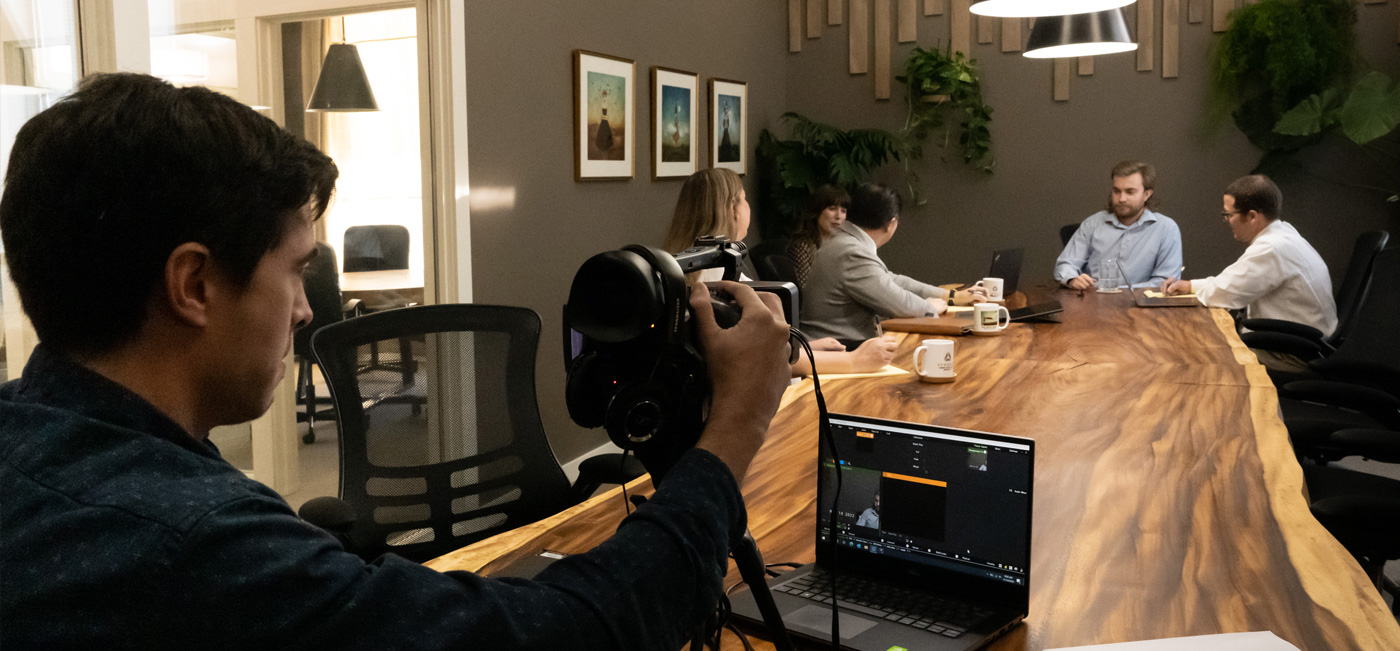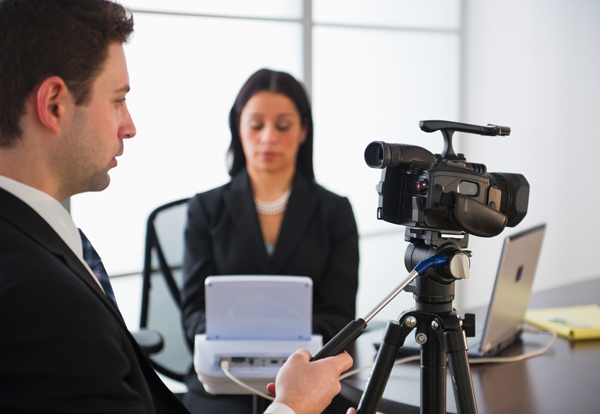Legal Videography: Changing the Way Proof is Captured and Provided
Legal Videography: Changing the Way Proof is Captured and Provided
Blog Article
Looking Into the Devices of Lawful Videography: Unveiling Its Operation in Shielding Genuine Aesthetic Testimony for Judicial Procedures
In the realm of judicial procedures, the function of legal videography stands as a cornerstone in maintaining and presenting visual evidence. As innovation proceeds to breakthrough, the devices behind legal videography have ended up being progressively intricate, supplying a critical layer of authenticity to testaments recorded on video clip.
Historical Development of Legal Videography
Checking out the historical progression of lawful videography exposes a considerable change in the catching and discussion of visual proof within the lawful landscape. In the past, legal process heavily relied upon created photographs and transcripts to record occasions and offer evidence. With the development of video clip modern technology, the legal sector observed a standard change in how visual statement was captured and provided.
The advancement of lawful videography can be traced back to the late 20th century when developments in video recording tools made it a lot more available for usage in courtrooms. This technical improvement not only boosted the precision and dependability of aesthetic evidence but also changed the method instances existed to courts and courts (Legal Videography). Attorneys started to identify the persuasive power of video recordings in conveying feelings, nuances, and non-verbal hints that written transcripts or photos alone might not record properly

Technology Advancements in Video Documents
What vital technical developments have revolutionized video clip paperwork in the legal area? The lawful field has seen considerable developments in video clip documentation technology that have actually improved the credibility and reliability of aesthetic evidence in judicial procedures. One of the vital improvements is high-def (HD) video recording capacities, which supply crystal-clear images and sharp details that are crucial for precisely catching statements, faces, and other visual cues. Furthermore, the assimilation of timestamping and metadata attributes in video documentation tools has made it possible for exact documentation of when and where the video was videotaped, making certain the stability of the proof presented in court.
In addition, developments in video file encryption and watermarking innovations have boosted the safety and security and tamper-proof nature of video proof, securing it versus unapproved modifications or tampering. The introduction of cloud storage space options and remote gain access to capacities has streamlined the storage space, access, and sharing of video evidence, helping with seamless collaboration among lawful professionals and guaranteeing reliable accessibility to crucial aesthetic testaments when required. These technical developments in video clip documentation have actually definitely revolutionized the lawful area, enhancing the precision, credibility, and admissibility of visual evidence in judicial process.
Duty of Lawful Videographers in Court Room Setups
The development of video documentation technology in the legal field has actually demanded a crucial function for legal videographers in courtroom setups, ensuring the honesty and dependability of visual statements offered throughout judicial process. Legal videographers play a basic duty in capturing and protecting accurate visual proof that can be essential in lawsuit. Their obligation encompasses establishing tools, videotaping proceedings, and producing top quality videos that accurately mirror the occasions in the court.
Additionally, legal her response videographers commonly work very closely with legal teams to ensure that the video clip proof straightens with the instance's requirements and can be properly presented in court to support the lawful debates being made. Overall, the role of legal videographers in courtroom settings is crucial in supporting the principles of justice and guaranteeing the transparency of lawful proceedings. Legal Videography.

Ensuring Admissibility and Stability of Video Evidence
To preserve the integrity of visual proof provided in legal proceedings, making certain the admissibility and stability of video clip evidence is an important duty for lawful videographers. Admissibility describes the approval of evidence by the court, and for video proof to be permissible, it has to fulfill certain standards. Legal videographers play a critical duty in guaranteeing that the videos they record abide by the regulations of evidence, such as importance, integrity, and credibility.
Honesty of video clip evidence entails keeping the creativity and accuracy of the video from the moment it is videotaped up until it is offered in court. This consists of firmly storing the video clip data, documenting the chain of custody, and avoiding any type of meddling or modifications. Lawful videographers have to abide by strict procedures to guarantee the integrity of the video evidence and avoid any type of difficulties to its credibility.
Future Trends in Legal Videography
Given the increasing reliance on innovation in legal process, lawful videographers are poised to welcome cutting-edge improvements shaping the future of visual statement capture and discussion. Among the famous trends on the horizon is the assimilation of online reality (VIRTUAL REALITY) and enhanced fact (AR) modern technologies right into legal videography. These innovations have the possible to reinvent exactly how visual proof is presented in court rooms, permitting juries a knockout post and courts to submerse themselves in the scene of the criminal offense or event.
In addition, the usage of expert system (AI) algorithms for video clip analysis is expected to simplify the procedure of examining and analyzing big amounts of video footage. AI can help in recognizing essential minutes, anomalies, and patterns within videos, boosting the effectiveness of lawful investigations.

Final Thought
Finally, lawful videography has played an important function in giving genuine aesthetic proof for judicial proceedings. Through technical developments and the competence of lawful videographers, the stability and admissibility of video clip evidence are ensured in courtroom setups. As lawful videography remains to advance, it will be essential to support criteria that maintain the precision and reliability of visual testament for the future of legal procedures.
Checking out the historic development of legal videography exposes a substantial transformation in the catching and discussion of visual evidence within the legal landscape.The evolution of video paperwork technology in the legal field has demanded a critical role for legal videographers in courtroom settings, making sure the stability and reliability of visual statements offered throughout judicial procedures. Additionally, legal videographers typically function carefully with legal groups to ensure that the video evidence aligns with the situation's demands and can be successfully offered in court to sustain the lawful arguments being made.To maintain the integrity of go to website aesthetic proof provided in legal process, making certain the admissibility and honesty of video proof is a critical obligation for legal videographers. As lawful videography proceeds to evolve, it will certainly be important to support standards that maintain the precision and integrity of visual statement for the future of legal proceedings.
Report this page